Anna Gronseth Prairie
About • Location • Activities • Ecology
About |
||
Ownership |
||
|
||
Links |
||
Overview |
||
|
||
History |
||
The Nature Conservancy (TNC) purchased 160 acres from Anna Gronseth in November, 1973, and named it Anna Gronseth Prairie. Between December, 1973 and March, 1999, THC made at least seven more acquisitions, each time enlarging this preserve. In 1993 TNC transferred a 648 acre parcel to the Minnesota DNR which became the Akron 4 Unit of the Rothsay Wildlife Management Area. |
||
Management |
||
|
||
Comments |
||
|
||
Driving Directions |
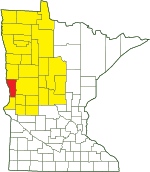 |
|||||
| Wilkin County | ||||||
| Northwest Minnesota | ||||||
Activities |
||
Hiking Trails |
||
No maintained trails |
||
Hunting |
||
No hunting |
||
Ecology |
|||||||
Ecological Classification |
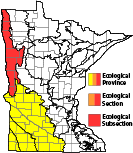 |
||||||
| Ecological Province | Prairie Parkland Province |
||||||
| Ecological Section | Red River Valley |
||||||
| Ecological Subsection | Red River Prairie |
||||||
| Land Type Association | Barnesville Beach Complex |
||||||
Native Plant Communities* |
|||||||
Calcareous Fen (Northwestern) Saline Wet Prairie Complex Seepage Wetland Complex Wet Prairie (Northern) |
|||||||
| * Source: The Minnesota Biological Survey, Minnesota Department of Natural Resources, Division of Ecological Resources | |||||||
Natural Features |
|||||||
|
|||||||
Waterproof footwear recommended
![]()
To get from the parking spot to the main portion of the preserve visitors will need to cross an intermittent stream and a drainage ditch. Many areas of the saline wet prairie complex will have some standing water in wet years, as in 2015. Waterproof footwear is recommended.
Rotten Egg Smell
In oxygen-poor environments, like wetlands, anaerobic bacteria reduce organic matter releasing as byproducts methane, which is odorless, and hydrogen sulfide, which smells like rotten eggs. A rotten egg smell was conspicuous on a part of the saline wet prairie complex during a visit there in June, 2015.

Slideshows |
||

Visitor Videos |
|||
Share your video of this destination. |
|||
| This button not working for you? Simply email us at info@MinnesotaSeasons.com. Attach a video, a YouTube link, or a cloud storage link. |
|||
Other Videos |
|||


Created: Last Updated: © MinnesotaSeasons.com. All rights reserved. |

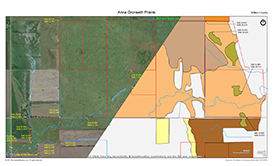
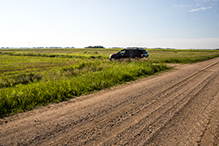
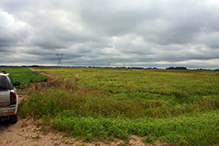
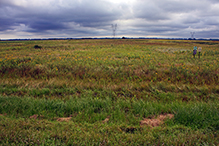
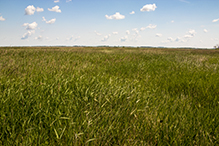
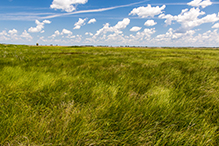
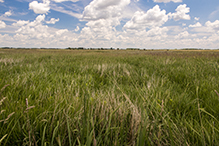














_02t.jpg)







